Effect of a high fat, high sucrose diet on the promotion of non-alcoholic fatty liver disease in male rats: the ameliorative role of three natural compounds
- PMID: 26228038
- PMCID: PMC4520282
- DOI: 10.1186/s12944-015-0087-1
Effect of a high fat, high sucrose diet on the promotion of non-alcoholic fatty liver disease in male rats: the ameliorative role of three natural compounds
Abstract
Background: Non-alcoholic fatty liver disease (NAFLD) is a multifactorial disease with a complex pathophysiology. The clinical features of NAFLD include obesity, insulin resistance (IR) and dyslipidemia. Consumption of a diet high in saturated fats and sucrose is an important factor in the increasing occurrence of these metabolic disorders, primarily NAFLD and IR. We sought to assess the role of a high-fat, high-sucrose (HFS) diet in the promotion of NAFLD and to evaluate the effects of quercetin (Q), berberine (BB) and o-coumaric acid (CA) on modulation of these disorders.
Methods: Fifty male rats were divided into 2 main groups as follows: group 1 comprised 10 rats fed a standard diet (SD), and group 2 comprised 40 rats fed an HFS diet for 6 weeks and then subdivided equally into 4 groups; one of these groups served as the HFS diet and each of the other three groups received daily supplementation with either Q, CA or BB for 6 weeks.
Results: In the present study, several metabolic disorders were induced in our laboratory animal model, as evidenced by histological and biochemical changes. These alterations included serum and hepatic dyslipidemia (i.e., increased triglyceride, total cholesterol and low-density lipoprotein levels and decreased high-density lipoprotein levels), alterations in metabolic enzyme activities (lipase, glycerol-3-phosphate dehydrogenase, and glucose-6-phosphate dehydrogenase), histological changes in the liver (micro- and macrovesicular steatosis) and the downregulation of peroxisome proliferator-activated receptor γ (PPARγ) in adipose tissue and the liver. Daily oral supplementation with Q, CA or BB for 6 weeks after NAFLD induction had a hypolipidemic action and modulated metabolic markers.
Conclusion: We showed that an HFS diet is able to promote NAFLD, and our results suggest that CA and BB are promising complementary supplements that can ameliorate the metabolic disorders associated with an HFS diet; however, Q requires further investigation.
Figures
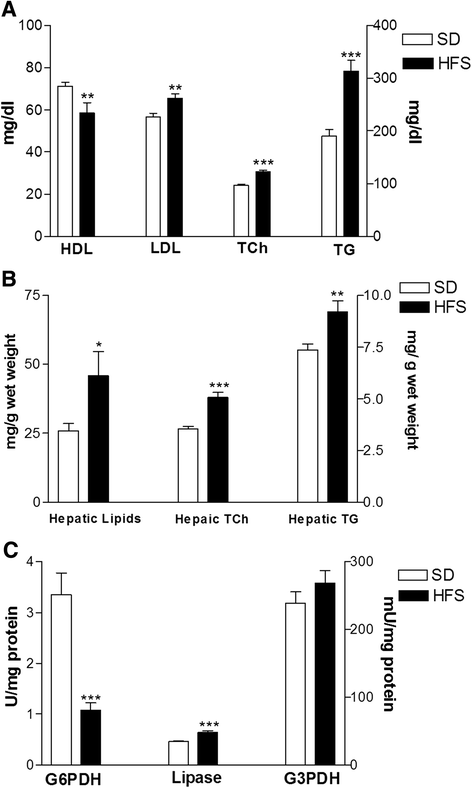
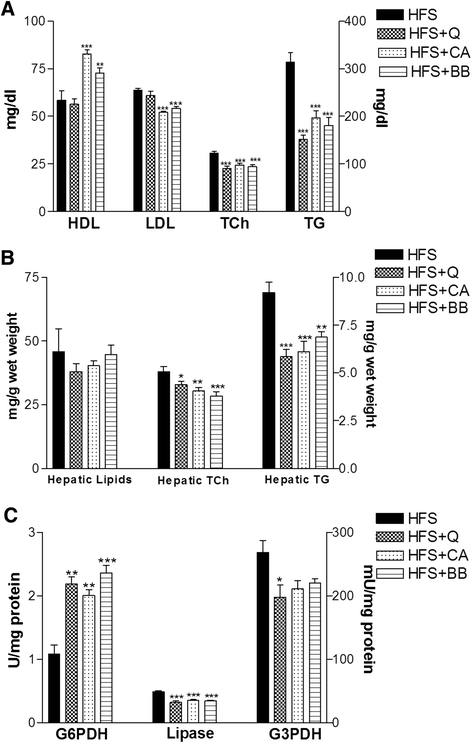
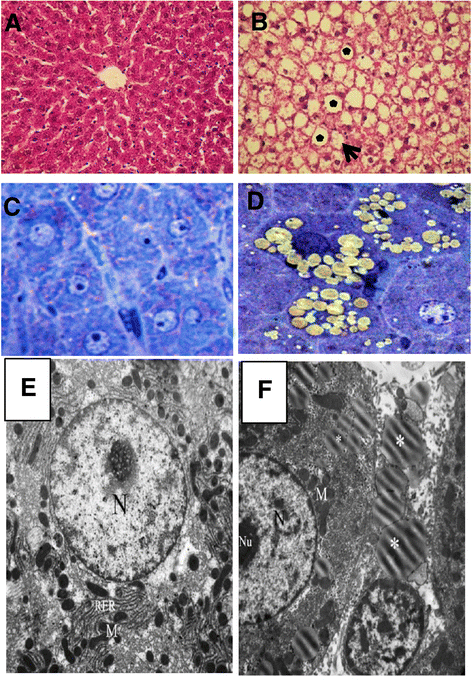
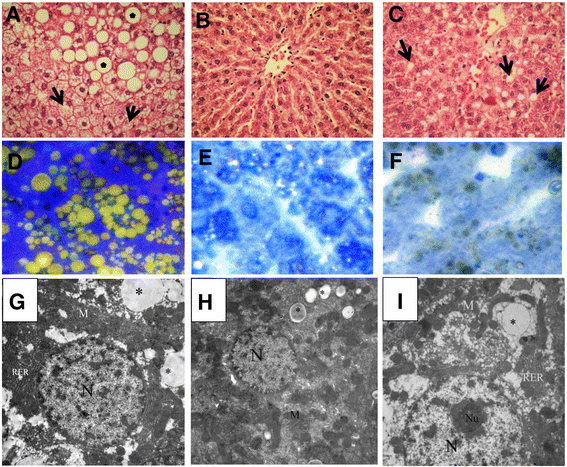
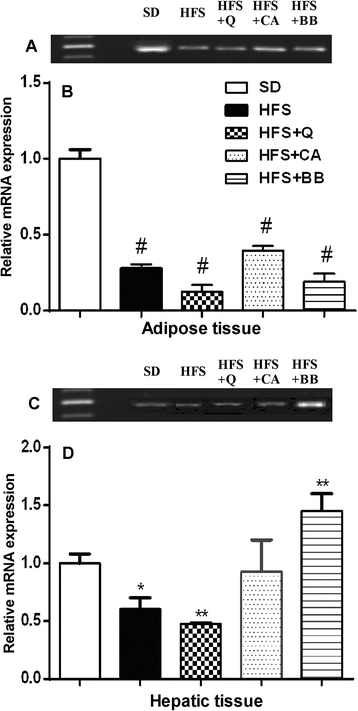
References
Publication types
MeSH terms
Substances
LinkOut - more resources
Full Text Sources
Other Literature Sources
Medical

